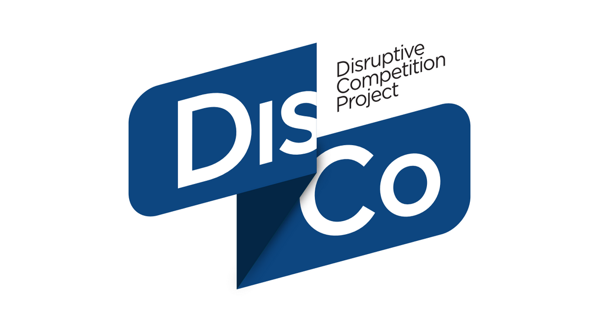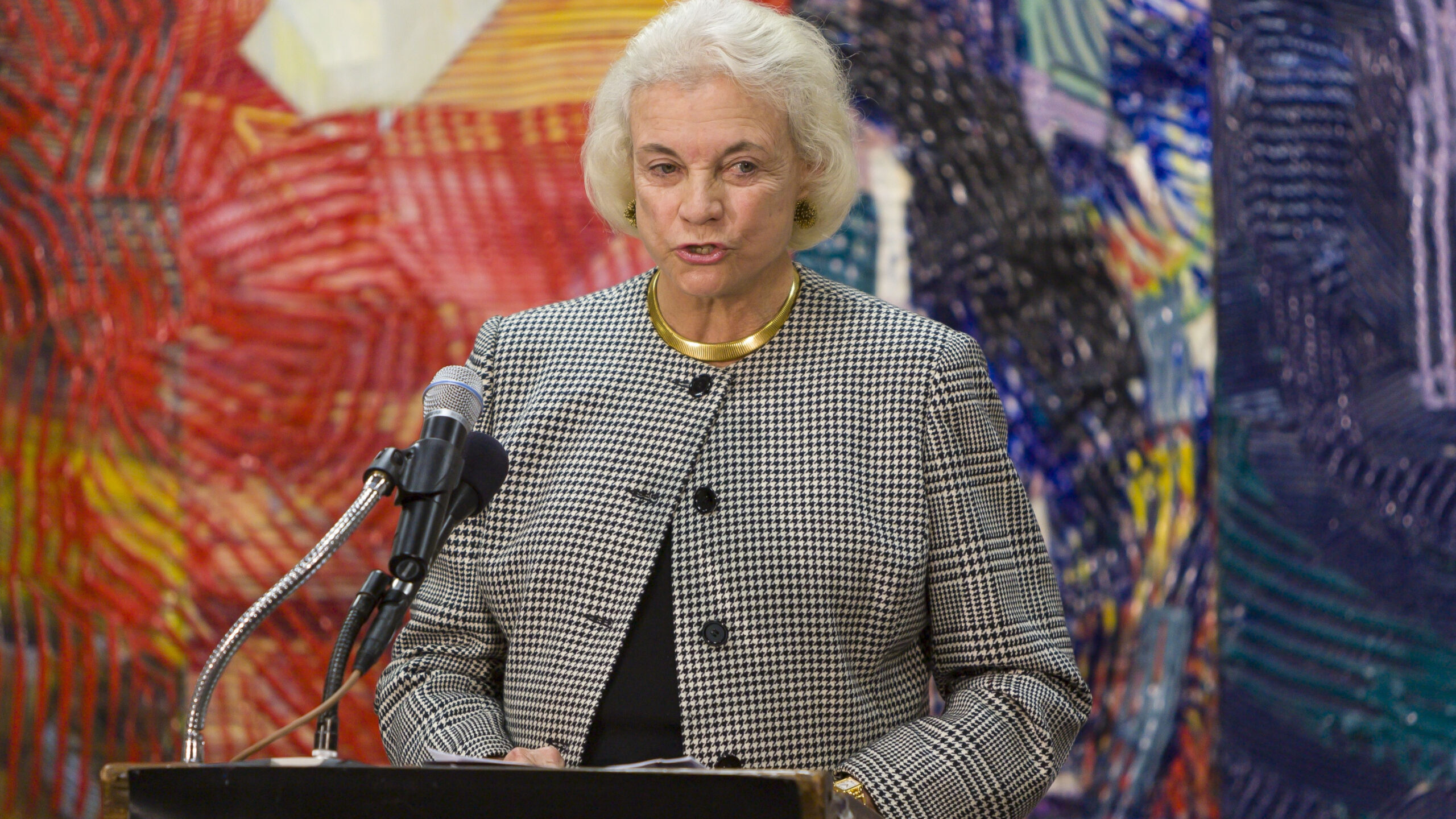Kirtsaeng v. Wiley and the Purpose of Copyright

In its recent decision in the long-running Kirtsaeng v. Wiley copyright litigation, the Supreme Court provided much needed clarification of the appropriate standards for lower courts to apply in determining when to award attorneys’ fees to the prevailing party. But perhaps the most important passage of the Court’s unanimous opinion, written by Justice Kagan, concerns the purpose of the Copyright Act.
The Supreme Court noted that a fee-shifting statute should be interpreted in a manner that advanced the objectives of the relevant Act. Thus, the question in this case was which party’s approach better “advances the Copyright Act’s goals.” The Court stated that “those objectives are well settled.” The Court quoted its 1994 decision in Fogerty v. Fantasy that “copyright law ultimately serves the purpose of enriching the general public through access to creative works.” The Court then stated, “the statute achieves that end by striking a balance between two subsidiary aims: encouraging and rewarding authors’ creations while enabling others to build on that work.”
The Court’s focus on the subsidiary aim of “enabling others to build on that work” goes beyond its previous pronouncements concerning how to achieve the objective of enriching the public through access to works. In 1984, in Sony v. Universal, the Court recognized that defining the appropriate scope of copyright protection “involves a difficult balance between the interests of authors and inventors in the control and exploitation of their writings and discoveries on the one hand, and society’s competing interest in the free flow of ideas, information, and commerce on the other…” In 1991, in Feist v. Rural Telephone, the Court stated that “copyright assures authors the right to their original expression, but encourages others to build freely on the ideas and information conveyed by a work.”
Thus, in these earlier cases, the Court discussed building on “the ideas and information conveyed by a work.” But in Kirtsaeng, the Court did not limit the reuse to “the ideas and information conveyed by a work;” rather, it more broadly addressed building “on that work.” Presumably the Kirtsaeng Court was referring not only to the ideas and information in the work, but also the expression in the work–to the extent use of the expression served “the purpose of enriching the general through access to creative works.” In other words, the Kirtsaeng Court was referring to fair use and other exceptions and limitations in the Copyright Act.
This recognition of the significance of exceptions to the structure of copyright is consistent with the Court’s earlier decisions. In Golan v. Holder, the Court identified both the idea/expression dichotomy and fair use as critical features of the “traditional contours” of copyright law. The Court described these features as “built-in First Amendment accommodations.” The Court added that “First Amendment protections are embodied in the Copyright Act’s distinction between copyrightable expression and uncopyrightable facts and ideas, and in the latitude for scholarship and comment safeguarded by the fair use defense.”
As policy discussions concerning copyright continue in Congress, the Supreme Court’s Kirtsaeng decision provides an important reminder of copyright law’s public interest objectives and how necessary exceptions are to achieving them.








